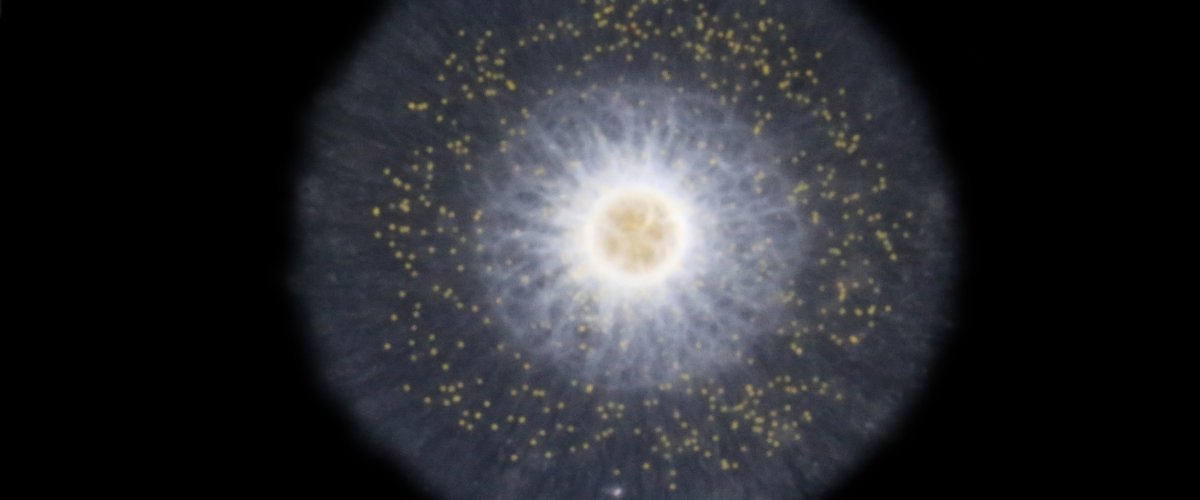


Projet ANR IMPEKAB 2015-2019
Coordinator: Fabrice Not
Oceanic environments are sensitive to climate change. The most emblematic example is the bleaching of coral reefs due to the breakdown of the symbiosis between the coral and its dinoflagellate microalgal symbionts in response to temperature rise. Such mutualistic photosymbioses are not only a highly significant process for evolution, but also a key ecological interaction supporting the functioning of whole ecosystems.
While corals are highly symbolic and attract most of the research attention, they represent only a small fraction of photosymbioses in the global ocean. In the plankton, arguably one of the least explored
compartments of the biosphere, photosymbiotic relationships with dinoflagellates are frequently observed and hold a key position in pelagic ecosystems. Considering the obvious significance of plankton on the one hand and photosymbiosis on the other, coral bleaching could just be the tip of the iceberg of a more global unnoticed phenomenon occurring at the surface of all oceans.
Plankton bleaching”, which has been reported from fossil records to have already occurred in the middle Eocene (40 Million years ago), could have a considerable impact on oceanic ecosystem structure and function. We hypothesize that fundamental biological processes underlying benthic and planktonic photosymbioses are based on common molecular pathways and have been selected to respond to similar environmental settings.
In this context, in the IMPEKAB project we will seek i- to evaluate the sensibility of planktonic photosymbiosis to environmental changes, ii- to unveil fundamental biological processes involved in the response of photosymbiosis to thermal stress across eukaryotic lineages by comparing outcomes of similar experiments performed on marine benthic and planktonic host models. Finally, based on our comprehensive understanding of photosymbiosis stress processes and considering that plankton bleaching could impact the whole pelagic ecosystem, we will iii- apply an original eco-systems biology approach to evaluate the thermal stress response of planktonic photosymbiosis in the environment.